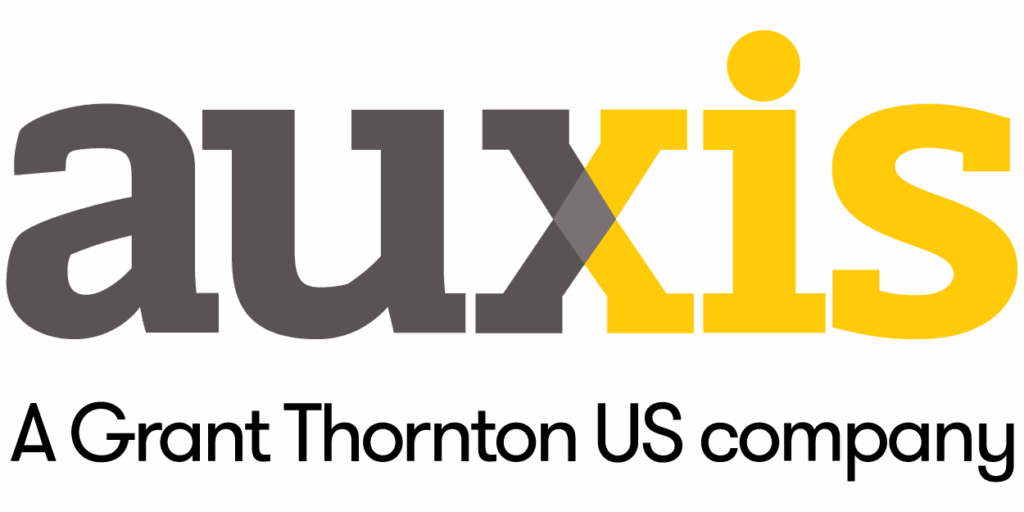HR teams are under immense pressure — navigating disconnected systems, growing service demand, and rising employee expectations while still expected to deliver fast, accurate support. The result is HR burnout, employee frustration, and higher turnover.
AI in HR is changing that. Beyond rules-based automation, AI brings efficiency, adaptability, and intelligence to HR workflows that improve employee experiences while lightening HR workloads. That means smarter HR help desk routing, conversational self-service, personalized onboarding, predictive workforce planning, real-time employee engagement analytics, and more.
AI adoption isn’t frictionless. While 43% of organizations now use AI in HR (up from just 26% in 2024), 93% of employees say it’s being underutilized, and 55% of HR leaders say their tech stack doesn’t meet evolving needs. Gaps in governance, integration, and AI literacy remain big barriers.
This whitepaper details the top AI in HR examples in 2026, pitfalls to avoid, and actionable best practices to turn AI potential into measurable HR impact.
You will learn:
- Which HR AI tools are delivering real results in 2026
- Practical use cases for AI in HR across self-service portals, HR help desk, back-office execution, and more
- The role of Agentic AI and GenAI in modernizing HR service delivery
- Common adoption challenges (data privacy, bias, skills gaps, etc.)
- Best practices to scale AI responsibly while preserving the human touch
- Why tech-enabled nearshoring is the fastest path to sustainable HR AI success



